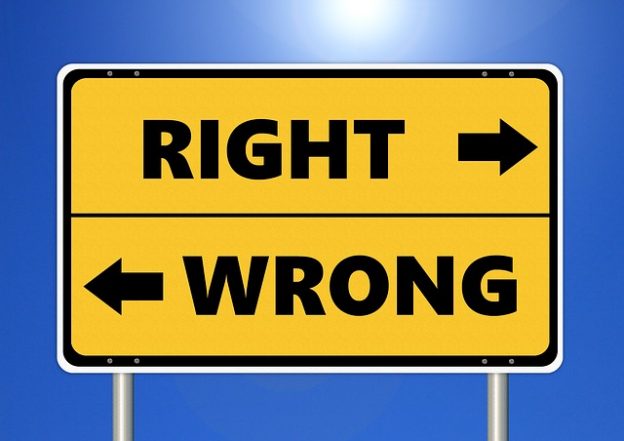At one point, being a freelance artist was basically a recipe for starvation. Art wasn’t something you did for the money, and with a few rare exceptions, most creative professionals couldn’t really pursue their passion as a day job. The Internet has changed that.
The rise of the gig economy, coupled with digital marketplaces like Etsy and Patreon, has resulted in a renaissance for artists. Provided you know how to market yourself, with a bit of hard work and luck you now can make a comfortable living for yourself. Here’s where to start.
Choose the Right Website Format
A good digital portfolio makes your artistry the focus. Your artwork is positioned front-and-center, clearly visible to prospective clients. How you envision this is up to you. The most important thing is that you show people your body of work, and demonstrate to them what you can do.
The second most important thing is that your website is easy to navigate. Make it easy for someone who wants to hire you. And if they simply wish to browse your gallery, that should require no effort on their part as well.
Additionally, if you aren’t sure where to start or want a bit of inspiration, here are a few great portfolio examples:
Understand Your Brand
Why do you create? What do you love about your career? What emotions, thoughts, and ideas are at the center of your work?
These are questions you need to answer when creating your portfolio, as they are at the core of your artistic brand. They define everything about you, from the kind of work you typically do to the kind of client you tend to attract. Moreover, they’re foundational to effective search engine optimization.
Take some time to focus on the following.
- Your artistic style. How would you describe it?
- Demographic details about your most recent clients. Who are they?
- What your friends and colleagues think of your work.
- Industries you’ve worked in or continue to work in.
Know Your SEO
With your artistic brand firmly established, your next step is to think about what keywords you want to target. Your name or brand name should definitely be one, and you should create an exact-match domain name. You’ll also want to include a few descriptive keywords or key phrases in your site copy without going overboard.
If you are a visual artist, Google Images is your friend, and image optimization is an absolute must. Using a tool like GIMP 2 or Adobe Photoshop, save your images in PNG format with a quality of around 85-90 percent. Be sure to also use a caching tool, and keep images at a reasonable resolution.
There is absolutely no reason any image on your site should be thousands of pixels in size.
As noted by Online Media Masters, each image you upload to your website should also have a descriptive filename in the form of “Artwork Description – Brand Name.” You should also include alt text that targets another keyword or descriptor for the art. The more specific these keywords, the better.
Protect Your Content
For every genuinely passionate, talented artist on the web, there are several plagiarists who want all the glory with none of the effort. Everyone who has published artwork of any kind online has encountered at least one. Sometimes, even professionals who are otherwise creative and talented plagiarize, either accidentally or simply because they can get away with it.
How can you protect yourself against them? According to Agora Gallery, in a few ways.
- Always include a watermark of some kind. For visual art, this could be something small, like a signature on the corner, or it could be worked into the piece itself. For music and video, you could hide a unique digital signature inside each file – a process known as digital watermarking or digital fingerprinting.
- Register your work with your country’s copyright office. For artists based out of the United States, the website can be found here.
- Keep well-organized digital records of every art piece you’ve created. A little metadata can go a long way in cases of copyright infringement.
- Familiarize yourself with the copyright claims process for major retailers and websites like Amazon, Etsy, and Google.
- For written pieces, use a tool like Copyscape to periodically check if your work has been duplicated.
Establish Yourself On Social Media
As an artist, particularly if you’re a freelancer, social media is your best friend. Sites like Pinterest are hotbeds of creativity, and some of the most successful artists bring in a ton of clients simply by sharing some of their content there. And sites like Facebook, Twitter, and Tumblr can be great for reaching out and interacting with your audience.
The usual rules for businesses on social media still apply here, of course. It should be easy to contact you through social media, and you should treat each of your social media profiles as a self-contained portfolio. More importantly, you should use social networks as tools for interaction and communication rather than marketing.
Get to know your audience, and talk to them like they were colleagues or friends.
Embrace Your Passion
Last but certainly not least, do what you were born to do: create. Establish a regular content stream for your website so that people keep coming back for more. This could be commissioned from your clients, or simply things you’ve done on your own time.









